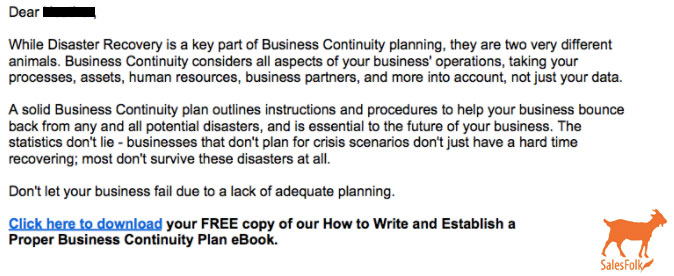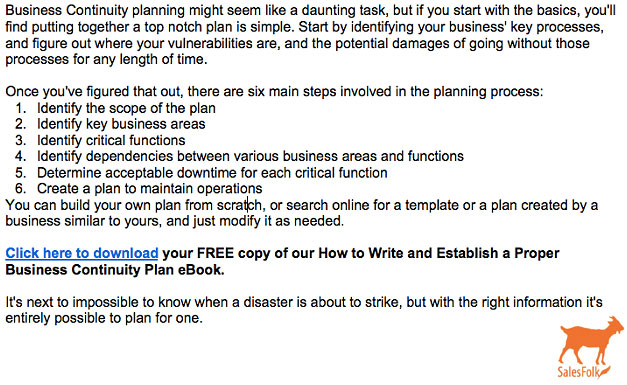Normally I wouldn’t use the SalesFolk Hall of Shame to critique an email where English wasn’t the sender’s first language, but this email is really untargeted and just plain spammy. Since these offenses are usually way more problematic than a couple misplaced words, I decided I had to rip the message apart.
As someone who studied Japanese for seven years and also lived in Japan, I recognize a tendency in Japanese communications toward excessive formality. But for an audience that’s mostly (if not completely) English speaking, this message is entirely ineffective as a cold email.
Remember, whether English is your first or fifth language, it’s crucial that you understand how to effectively communicate with your target audience. Learn what this company did wrong to make sure you’re not making the same mistakes.
このビデオを見てください. 🙂
Check out my critique of this recruiting email to see what went wrong:
If you enjoyed this video, please let me know by leaving a comment or sharing it on social media.
I’ve been recording a lot of new video material that I’ll be sharing with you over the coming weeks, but it’s never too late to request new topics for future videos. If you have a particular topic you’d like to see on an upcoming video, or a particular question you’d like me to answer, just comment below, and you may just see your request on one of my next videos.
Happy cold emailing! 🙂
-H



